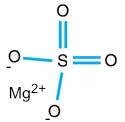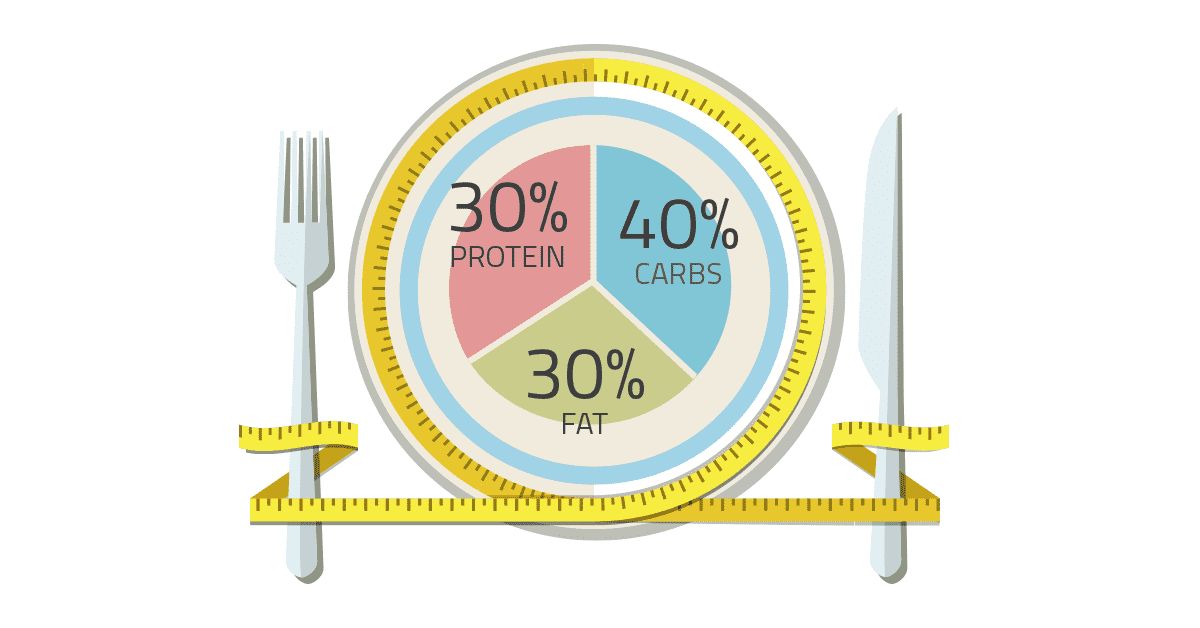Non-steroidal anti-inflammatory drugs (NSAIDs) are a group of drugs designed to reduce pain and inflammation as well as to lower body temperature. Whether you have had a headache or a mild fever, you have probably taken an NSAID before. Many exercisers opt to use NSAIDs in order to provide pain relief. The most common NSAID used by people who exercise is ibuprofen (Motrin or Advil) which provides short-term relief in pain and inflammation. NSAIDs have been shown to help relieve pain and inflammation due to exercise, but there is debate on whether or not the drug should be used to prevent pain due to exercise. To look into this debate, let’s first get an idea of how the drug works.
These drugs work by blocking cyclo-oxygenase (COX) enzymes. These enzymes are involved in producing chemicals called prostaglandins which have various functions in the body. Both the COX-1 and COX-2 enzymes produce prostaglandins that are associated with pain, inflammation, and fever. The common side-effects observed with NSAID use is with the additional effects of blocking the COX-1 enzyme. These enzymes allow for the production of prostaglandins associated with protecting the lining of the gastrointestinal (GI) tract as well as activating blood platelets associated with clotting. By blocking the COX-1 enzyme, complications within the GI tract can potentially occur such as stomach ulcers and temporary intestinal leakage. These side-effects are usually not observed when one occasionally uses NSAIDs, but what if one regularly uses NSAIDs while exercising?
A study published in the 2012 edition of Medicine & Science in Sports & Exercise looked into this potential factor. The study compared nine healthy men at four different time points to see if a combination of high intensity exercise and taking ibuprofen can increase temporary damage to the small intestine. This was after completing a previous study where they concluded that high intensity exercise leads to temporary small intestine injury. The four time points were 1) cycling at high intensity for one hour with 400 mg of ibuprofen in their system, 2) cycling at high intensity for one hour with no ibuprofen in their system, 3) staying at rest with 400 mg of ibuprofen in their system, and 4) staying at rest with no ibuprofen in their system. At the end of each time point, the researchers analyzed the blood of the subjects for levels of intestinal fatty acid binding protein (I-FABP) which is an indicator of injury to the small intestine. They noticed that there was a significantly higher level of I-FABP present in the blood of the subjects who cycled and took ibuprofen compared to the other three groups and that the I-FABP levels were high for as long as 2 hours post exercise. These results show that taking NSAIDs during exercise may be detrimental to the body, especially since many endurance athletes exercise for longer than one hour and may actually consume more than 400 mg of ibuprofen prior to or during their exercise.
Besides the known side-effects, research has shown that there may be a few hidden side-effects by taking NSAIDs with exercise. A paper published in the 2009 edition of the British Journal of Sports Medicine analyzed these potential side-effects. The paper states that taking NSAIDs prior to exercise may negatively impact the musculoskeletal system by masking the pain one feels and potentially causing an injury to inadvertently get worse. The paper also states that prostaglandins are associated with the production of collagen which is an important building block needed for muscle, tendon, ligament, and bone recovery. By blocking the COX enzymes, prostaglandin production decreases causing a decrease in the production of collagen. As the author states, a decrease in the production of collagen may result in adverse effects such as the inability of healthy tissue to adapt to increased loads or a decrease in the rate of collagen regeneration after injury. These effects may lead to an increased risk of injury as well as a delay in recovery after injury.
After reading through these two papers, I found a few limitations. In the first paper, a limitation I found was that they only tested male subjects undertaking endurance exercise. I wonder if there are any adverse effects of taking NSAIDs while performing resistance exercises and if there are any differences between males and females. In both papers, a limitation I found was that they only tested NSAID use prior to exercise. From past experience, I have occasionally used NSAIDs a couple hours after exercise to reduce excruciating pain that had already developed. After taking the drugs, I was pain-free and felt no side-effects. It would be interesting to see whether or not the risks discussed are also associated with taking NSAIDs after exercise if the pain has not already developed.
Overall, it may seem tempting to take NSAIDs to prevent pain due to exercise, but it may not be the ideal thing to do. Although NSAIDs can help you relieve pain, research shows that there are a number of additional risks you may be taking by using these drugs to prevent pain either prior to or during your exercise. If you want to manage pain during exercise, I would recommend just dealing with the pain or maybe looking into non-NSAID drugs such as acetaminophen (Tylenol) which provides pain relief through a different mechanism. If you want to take NSAIDs after exercise, it would be best to use the drugs only when pain has already developed instead of using it to prevent potential pain. It would also be best to use the drugs occasionally in order to prevent an additive effect of the side-effects on your body. But remember, it is always best to talk to a health care professional prior to making decisions regarding your health.
Recommended Further Reading:
Nonsteroidal anti-inflammatory agents
Cyclooxygenase: COX-1 and COX-2 Explained
Aggravation of Exercise-Induced Intestinal Injury by Ibuprofen in Athletes
Exercise-induced splanchnic hypoperfusion results in gut dysfunction in healthy men
Prophylactic misuse and recommended use of nonsteroidal anti-inflammatory drugs by athletes
Questions to Consider:
1.) Have you ever used NSAIDs before? If so, when and/or why did you take them?
2.) If you have taken NSAIDs before, did you use them as a preventive measure or as a way to reduce any discomfort?


 I did however find articles about other medical uses for magnesium sulfate. In the study from Maternal-Fetal Medicine Units Network, they wanted to test if magnesium sulfate could help prevent cerebral palsy in preterm babies. 2241 women at imminent risk for delivery between 24 and 31 weeks of gestation, were randomized into experimental (magnesium sulfate) and placebo (control) groups. Each group receive magnesium sulfate, administered intravenously as a 6-g bolus followed by a constant infusion of 2 g per hour, or matching placebo. After a follow up analysis, the rate of the primary outcome was not significantly different in the magnesium sulfate group and the placebo group. However, in a secondary analysis, moderate or severe cerebral palsy occurred significantly less frequently in the magnesium sulfate group. The risk of death did not differ significantly between the groups.
I did however find articles about other medical uses for magnesium sulfate. In the study from Maternal-Fetal Medicine Units Network, they wanted to test if magnesium sulfate could help prevent cerebral palsy in preterm babies. 2241 women at imminent risk for delivery between 24 and 31 weeks of gestation, were randomized into experimental (magnesium sulfate) and placebo (control) groups. Each group receive magnesium sulfate, administered intravenously as a 6-g bolus followed by a constant infusion of 2 g per hour, or matching placebo. After a follow up analysis, the rate of the primary outcome was not significantly different in the magnesium sulfate group and the placebo group. However, in a secondary analysis, moderate or severe cerebral palsy occurred significantly less frequently in the magnesium sulfate group. The risk of death did not differ significantly between the groups.



 inhale, our lungs expand and the diaphragm contracts, or moves downward, as it flattens. At the same time, the intercostal muscles of the rib cage expand. This expansion of the diaphragm and intercostals and the addition of air in the lungs creates a great deal of pressure inside the body, which will play a large role in breath regulation as we will see later. While inside the body, oxygen is absorbed to create energy in the form of ATP. Then, as we exhale, our lungs return to their resting state and the diaphragm returns to a dome shape. As this happens, the pressure built up during inhalation is relieved through the release of gas as carbon dioxide. But what does all this mean for your exercise routine?
inhale, our lungs expand and the diaphragm contracts, or moves downward, as it flattens. At the same time, the intercostal muscles of the rib cage expand. This expansion of the diaphragm and intercostals and the addition of air in the lungs creates a great deal of pressure inside the body, which will play a large role in breath regulation as we will see later. While inside the body, oxygen is absorbed to create energy in the form of ATP. Then, as we exhale, our lungs return to their resting state and the diaphragm returns to a dome shape. As this happens, the pressure built up during inhalation is relieved through the release of gas as carbon dioxide. But what does all this mean for your exercise routine? ration. This prevents the development of odd, uncomfortable areas of pressure on the diaphragm which can impede breathing. In terms of the speed of breathing, the more quickly you breathe, the less time your body has to fully absorb the O2 you’re bringing in through respiration. When your body doesn’t have enough oxygen to energize itself, anaerobic metabolism kicks in, which causes
ration. This prevents the development of odd, uncomfortable areas of pressure on the diaphragm which can impede breathing. In terms of the speed of breathing, the more quickly you breathe, the less time your body has to fully absorb the O2 you’re bringing in through respiration. When your body doesn’t have enough oxygen to energize itself, anaerobic metabolism kicks in, which causes  mes while a pneumotachograph recorded airflow. This study found that the most consistent natural breathing pattern among individuals was to inhale right before lifting an object, which is consistent with the results of the previous study.
mes while a pneumotachograph recorded airflow. This study found that the most consistent natural breathing pattern among individuals was to inhale right before lifting an object, which is consistent with the results of the previous study.